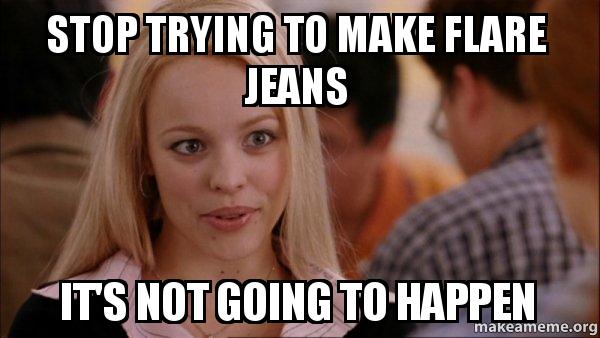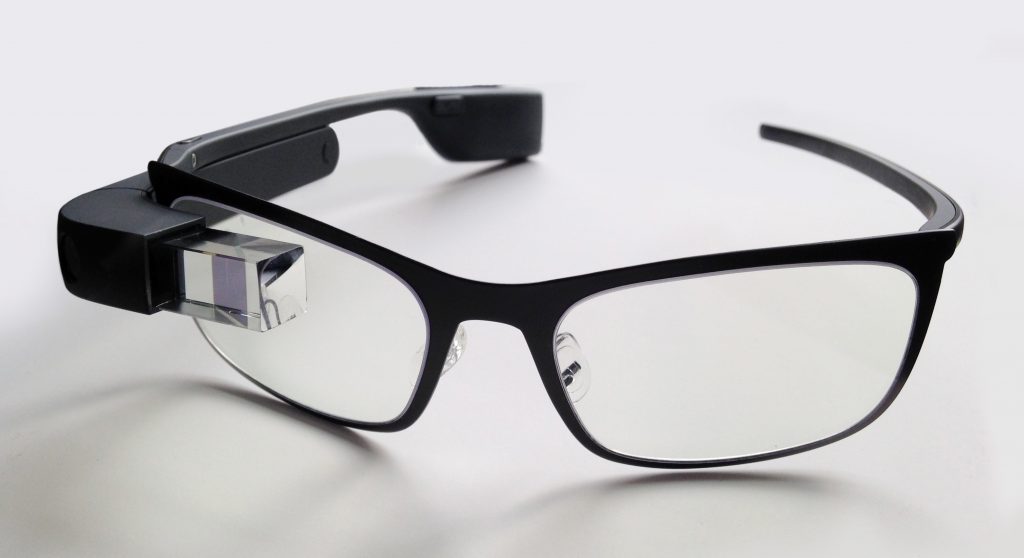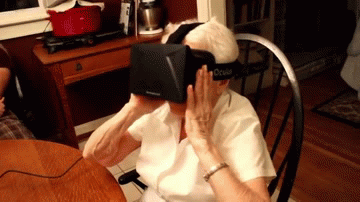A few years ago, we toyed with the idea of building a 3D website. What use is a 3D website you ask? Imagine a completely immersive experience for the visitors to your website. They could literally enter ‘your world,’ however you imagine it. If you wanted your visitors to experience your company on a perfect day, with fairies and cherubs delivering your product or service to the theme song of Jurassic Park, that could be arranged!
Sounds good, right? At the time, we thought so too. New data was showing that an increasing number of users were browsing the web using their game consoles – and many of these, were connected to 3D televisions. But alas, while we thought we had cracked the next best thing, they were not getting the attention we expected.
Next in the virtual reality race, came Google Glass, a pair of spectacles that augmented the world around you allowing you to communicate with the Internet using voice commands. While Google had the right idea, they didn’t take the virtual reality aspect far enough and overlooked the fashion element. The fact is, the glasses looked silly, but perhaps they were hoping to start a new trend! The prototype was eventually discontinued back in 2015.
 The latest 3D virtual reality glasses take the Google Glass idea further, providing a completely immersive experience and what makes this so interesting, is that they connect to the Internet via phones or computers. At this stage, they are still limited in what you can access – and you are not yet able to control a Google search with your eye movement, but browsing content on the web may not be far away!
The latest 3D virtual reality glasses take the Google Glass idea further, providing a completely immersive experience and what makes this so interesting, is that they connect to the Internet via phones or computers. At this stage, they are still limited in what you can access – and you are not yet able to control a Google search with your eye movement, but browsing content on the web may not be far away!
Now this brings us in a full circle. Could there be a new market for a completely 3D website in the near future?
Samsung are now bundling their virtual reality headset with the latest phone offers and if they can fix the ‘firework feature’ on their phones and they start selling like lemonade on a hot summer day, we could see a lot more people indulging in imaginary worlds with these headsets. So Samsung – we are looking to you. Fix your phones and give us a market to play with!
In addition, the world of 3D graphics has come on a long way in recent years. A few major foundations in 3D rendering have been laid using WebGL and a nifty bit of kit called Three.js . If you take a look at the projects undertaken using Three.js, you can quickly see just how impressive the results can be. From the flawless 3D rendering of cars, to walk-throughs in imaginary worlds and layered storytelling for users to delve in to, there is a brave new frontier to explore.
Most of these projects have been developed for computer screens and the effects are marvellous. The experience of the VR Glasses even has your Grandmother excited. So what happens when you merge the two?
There is a potential market in E-learning, for instance. With so many people suffering from a strict and standardised curriculum, a virtual world could offer a means for them to explore, learn and understand the same concepts in a different (and possibly more enjoyable) environment.
Take the subject of History, for example. What if, instead of listening to lengthy lectures about the topic, you could explore Ancient Rome through virtual reality, interact with the people of that time period and maybe even learn new language skills? Or imagine if you could navigate through a timeline of World War Two. Perhaps, then you might get a few Call of Duty fans interested!
We have always loved this idea, and whether or not it takes off, I think we always will. If you have an idea for a Virtual Reality website, we would love to hear from you!

